Does Renters Insurance Cover Water Damage Fully
Water damage is one of the most stressful and common disasters a renter can face. When you find a leak, overflow, or flood in your apartment, you have one urgent question: Am I covered?
The answer is almost always, "it depends on the source."
This guide will give you clear, direct answers. We'll break down exactly what is—and isn't—covered by a standard renters insurance policy. First, here are quick answers to the most common questions.
| Scenario | Covered? | How Kangaroo Helps |
|---|---|---|
| Burst Pipe / Appliance Leak | ✅ Yes | The Water & Climate Sensor gives you an instant alert to prevent a small leak from becoming a disaster. |
| Toilet, Sink, or Tub Overflow | ✅ Yes | Get notified of moisture around the base of a toilet or under a sink before you have a major overflow. |
| Leak from an Upstairs Neighbor | ✅ Yes | Early detection can help you notify your neighbor and landlord before serious damage occurs to your things. |
| Flooding from Rain/Weather | ❌ No | While not covered by insurance, Kangaroo's reimbursement plans can help with damages from any cause. |
| Sewer or Drain Backup | ❌ No | Place a sensor near a floor drain to get a heads-up on messy backups. |
| Gradual Leaks (Slow Drips) | ❌ No | The sensor is specifically designed to catch the slow drips that insurance won't cover. |
What Water Damage Is Covered by Renters Insurance?
Renters insurance is designed to protect your personal belongings from sudden and accidental damage. Here are the most common scenarios where you can file a successful claim.
✅ Does Renters Insurance Cover Burst Pipes or Leaking Appliances?
Yes. This is the classic example of covered water damage. If a washing machine hose suddenly fails and soaks your rug and electronics, your renters insurance will help cover the cost of replacing your damaged items.
✅ Does Renters Insurance Cover a Toilet Overflow?
Yes. If your toilet suddenly backs up and overflows, the damage to your personal property (like bath mats or furniture) is typically covered. The key is that the event must be "sudden and accidental."
✅ Is Damage from a Neighbor's Leak Covered?
Yes. If your upstairs neighbor's dishwasher leaks and water drips down, ruining your couch and laptop, your renters insurance policy should cover the replacement of your belongings.
✅ What About Sprinklers or Firefighting Damage?
Yes. If a fire in your building triggers the sprinkler system or firefighters use hoses to put it out, any resulting water damage to your possessions is covered.
What Water Damage is NOT Covered?
Understanding the exclusions in your policy is just as important.
❌ Flooding from Natural Disasters
This is the most critical exclusion. Standard renters insurance does not cover floods. This includes water from hurricanes or heavy rainfall. For this, you need a separate flood insurance policy.
❌ Sewer and Water Backups
Water that backs up through sewers or drains is typically excluded unless you add a specific "water backup coverage" endorsement to your policy.
❌ Gradual Leaks and Negligence
If damage occurs from a slow, persistent leak that you failed to report, your claim will be denied. Insurance is for sudden events, not problems arising from poor maintenance.
Who Is Responsible? You vs. Your Landlord
Your Landlord is responsible for the building (walls, floors, plumbing).
You are responsible for your personal belongings (furniture, electronics, clothes).
| If This Is Damaged… | Who Is Responsible? | Which Insurance Policy Applies? |
|---|---|---|
| Your couch, TV, clothes, laptop | You | Your Renters Insurance |
| The drywall, carpeting, ceiling | Your Landlord | Your Landlord’s Property Insurance |
What to Do Right Now: A 5-Step Emergency Guide
Discovered water damage? Don't panic. Take these steps immediately.
Stop the Water: If safe, turn off the main water shut-off valve for your apartment.
Notify Your Landlord Immediately: Report the problem. This is their responsibility to fix the underlying issue.
Document Everything: Take photos and videos of the source and all damaged items. This is crucial for your claim.
Protect Your Property: Move undamaged items to a safe, dry area.
Contact Your Insurance Company: Call your renters insurance provider to start the claims process.
Avoid This Stress Next Time.
Dealing with water damage is a nightmare. The Kangaroo Water & Climate Sensor gives you peace of mind by catching leaks the moment they start.
For less than the cost of a coffee, you can protect your apartment and belongings from the most common cause of property damage.
How to Prevent Water Damage (and Save Money)
The best claim is the one you never have to file.
Know Your Shut-Off Valve: Locate it the day you move in.
Inspect Appliance Hoses: Regularly check for cracks or bulges.
Report Leaks Immediately: Tell your landlord about even the smallest drips.
The Smartest Prevention: 24/7 Early Detection
The single most effective way to prevent catastrophic damage is to catch a leak early. The Kangaroo Water & Climate Sensor is designed for this. Place it in high-risk areas and it sends an instant alert to your phone at the first sign of moisture, allowing you to act before a drip becomes a disaster.
Best Kangaroo Purchase!
"Best purchase from Kangaroo yet! I put one in my basement and would have never known that my sewer was backing up without it alerting me." - Samantha, Walmart Verified Purchase
Must have!
"This is a must have! I keep it in my basement and I have a second one I purchased for a rental property. It's nice to have this extra level of protection." - Shalia, Walmart Purchase
Related Contents:
Water Damage: What Home Insurance Covers
Does Homeowner Insurance Cover Water Damage? Quick Guide
Water Leak Detectors: Why You Need One Now
Water Damage Occurs: How can Kangaroo help?
Kangaroo provides affordable and easy-to-install home security options that are ideal for safeguarding your apartment from water damage and other risks. Our Cam Protect and Complete Protect plans not only give you peace of mind but also offer financial reimbursement in case of unfortunate incidents.
For just $1.99/month (billed annually at $23.88), the Cam Protect plan provides motion-activated recording, real-time alerts, and 24/7 camera access. This per-camera plan includes $250 in theft and damage reimbursement, allowing for up to two claims per year (up to $125 per claim). If you experience water damage or theft of your belongings, simply file a claim through the Kangaroo app for prompt reimbursement.
Elevate your security with the Complete Protect plan for $8.25/month (billed annually at $99). This comprehensive coverage is designed to protect your entire home and includes professional monitoring to ensure that emergency responders are contacted when necessary. Additionally, you’ll have a cellular backup to keep your system operational even during internet outages. With this plan, you can receive up to $1,000 in theft and damage reimbursement for incidents related to fire, water, or smoke (up to two claims per year, with a $500 limit per claim).
By integrating Kangaroo Home Security solutions into your apartment, you can proactively protect against water damage and theft, ensuring that you have both security and financial support when you need it most.
The substantial drop in claims in 2024 highlights the effectiveness of the Kangaroo Water and Climate Sensor in helping users detect and prevent water damage early, leading to fewer incidents.
Do you have Renters Insurance? Here's How Kangaroo Cares
Avg. Discount Percentage: 10% - 20% depending on the Insurer
Maximum Discount Applied: $500
Avg. Confirmation (in Days): 11 days
Dory Insurance Concierge Service, we prioritize maximizing your home insurance benefits and savings.
Kangaroo Home Security will contact your insurance carrier provider directly to verify eligibility for home insurance discounts.
By installing Kangaroo’s advanced security systems, you can potentially lower your homeowners insurance premiums.
This proactive approach ensures that your home’s security upgrades are recognized, offering both peace of mind and financial savings.
Securing your new home with the right insurance coverage doesn't have to be daunting or expensive. By exploring the array of insurance discounts available from bundling home and auto policies to installing advanced security systems like Kangaroo, you can protect your investment while saving on premiums.
Go Beyond Insurance: Proactive Protection with Kangaroo
Renters insurance is reactive. It helps you after a disaster. Kangaroo is proactive, helping you prevent disasters and giving you a safety net for what insurance won't cover.
Get an Insurance Discount: Most insurers offer discounts of 10-20% for having monitored security and environmental sensors. Our Dory Insurance Concierge Service contacts your provider for you to get you the maximum discount.
Get Reimbursed When Insurance Says No: The Kangaroo Complete Protect plan includes up to $1,000 in theft and damage reimbursement. If a slow leak, flood, or sewer backup damages your things, we've got your back even when your insurance doesn't.
Protect your home, your belongings, and your peace of mind. Explore Kangaroo's complete home security solutions today.







![[QUIZ] What's Your Home's True Security Vulnerability Score?](https://images.squarespace-cdn.com/content/v1/6047adb1f3383c71b64f494b/7b99bd74-f07d-42ae-a096-72ee222bde79/IMG_4306.jpg)


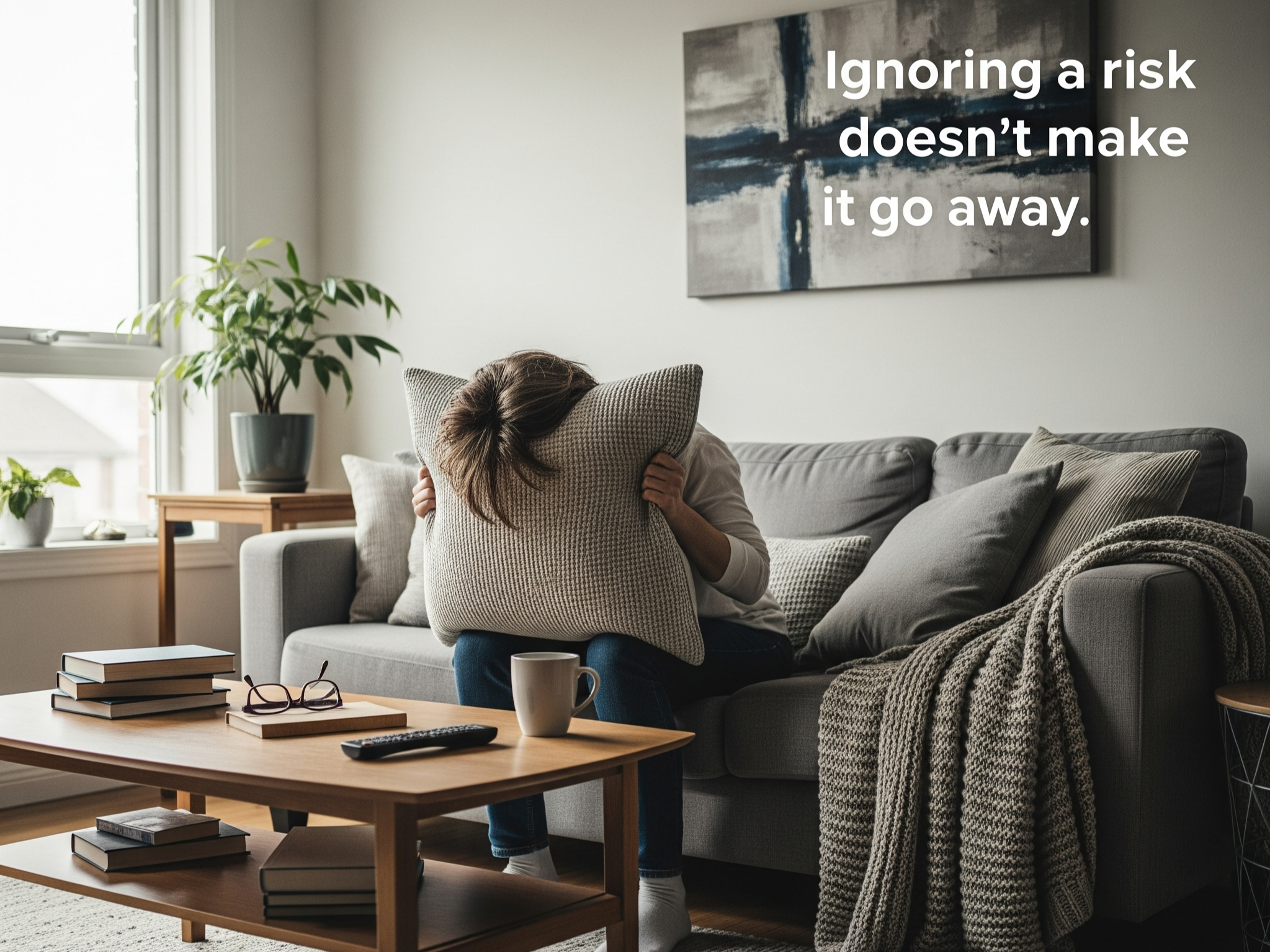
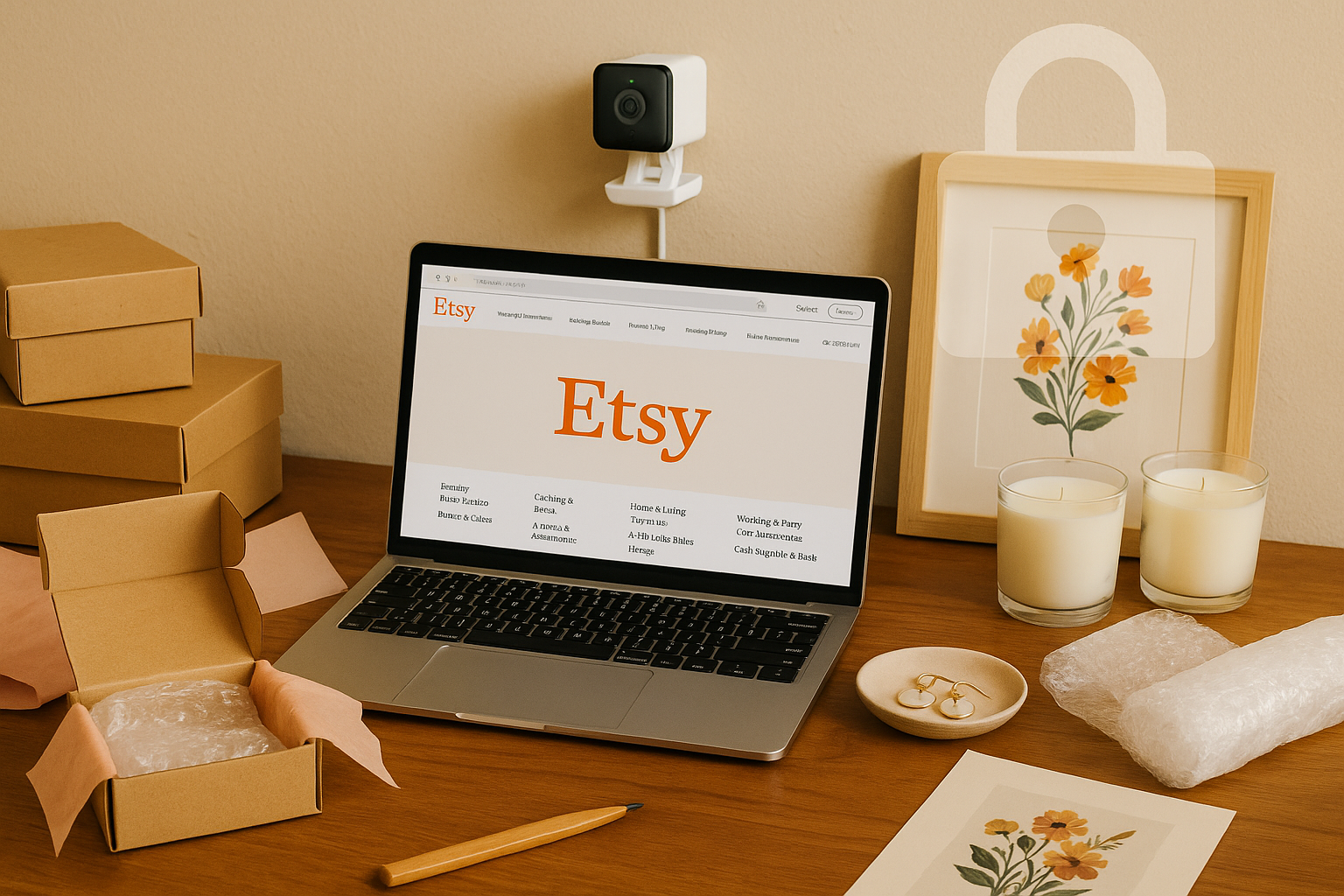
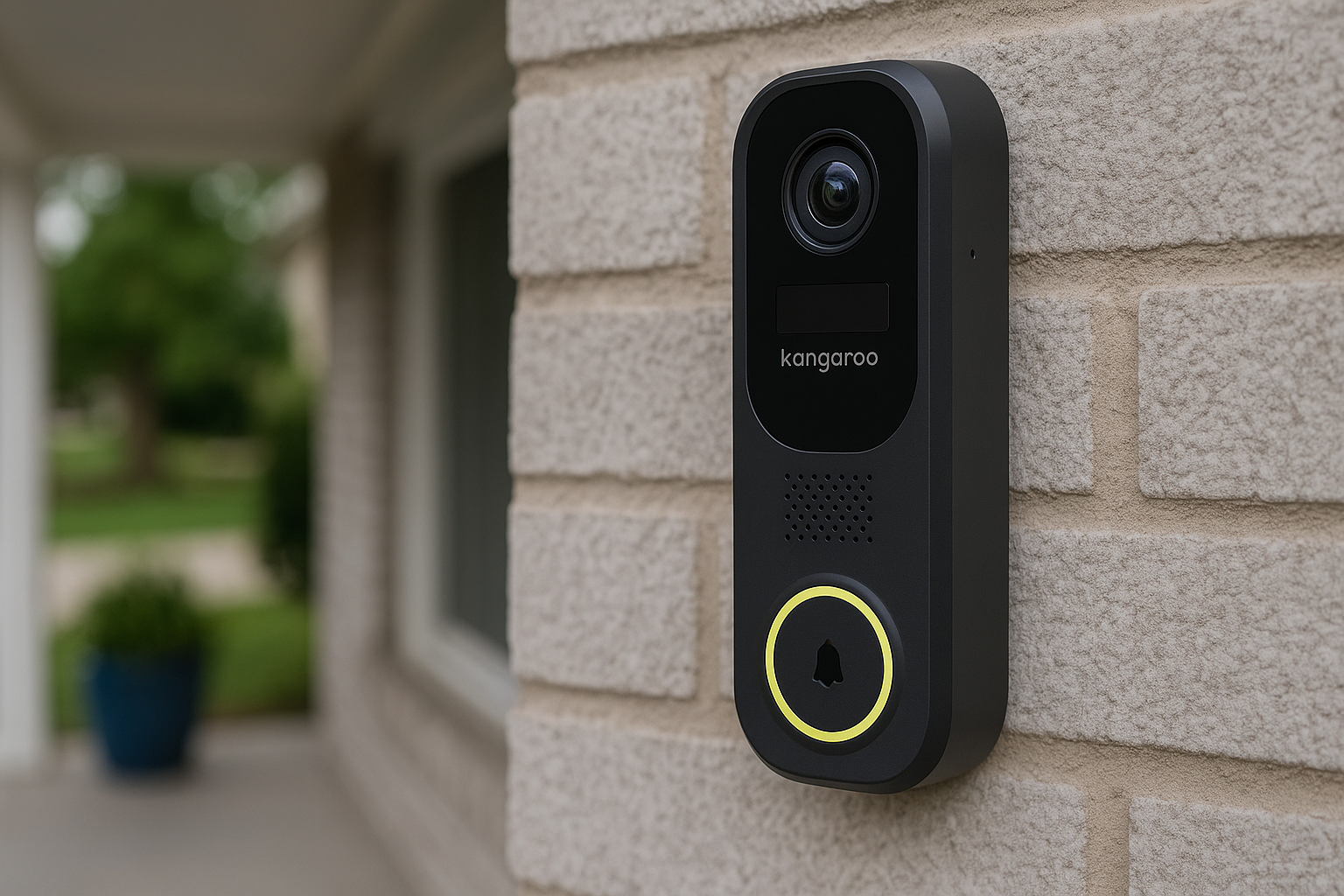


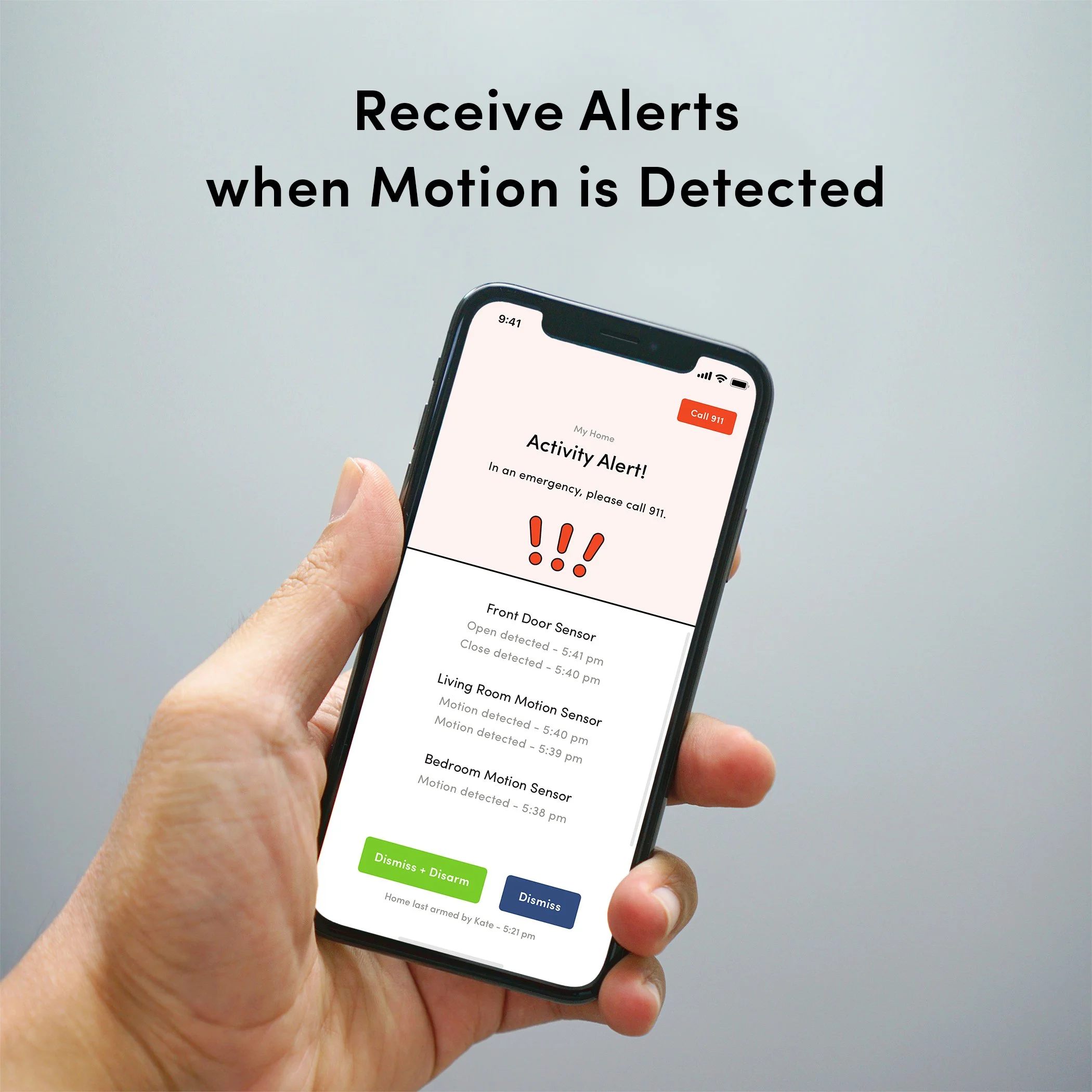

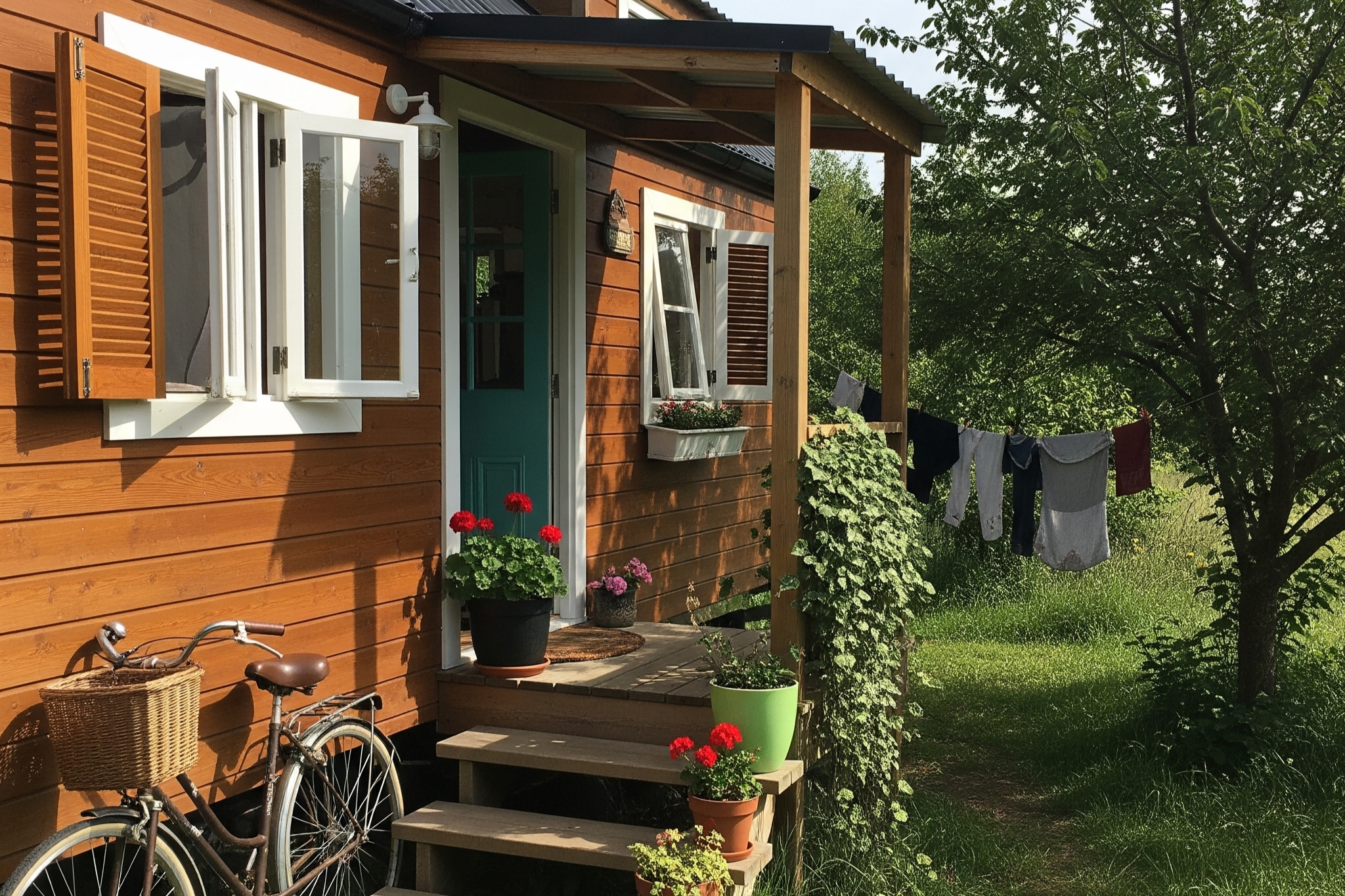


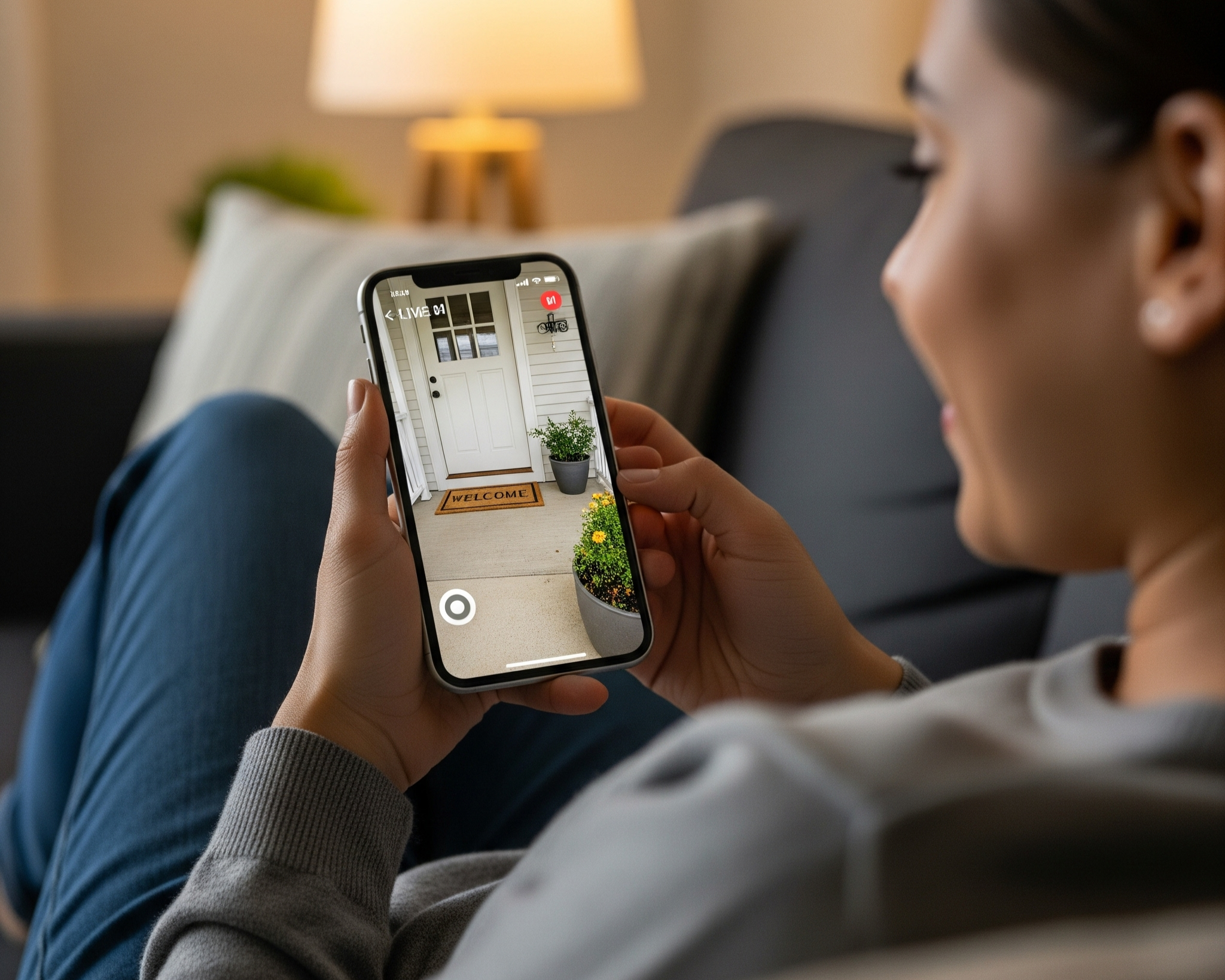
Think more cameras mean more safety? Discover 3 ways an over-secured home can attract burglars and learn why smart, discreet security is the better choice.